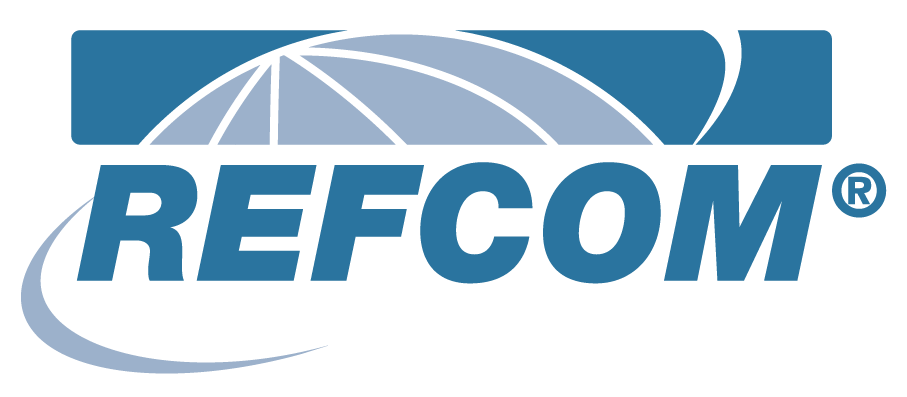Wednesday, March 7, 2018
It has come to REFCOM’s attention that the practice of charging A1 systems with A2L refrigerants has become a reality despite all the warnings not to do so. Reports of compressor failures after only a couple of months due to the higher compressor discharge temperatures; and wholesalers being asked to accept under warranty, as 'dead on arrival' systems that have been operating for a short period after 'the evaporator had split' are starting to come to light which concerns us that this may become common practice, especially as the price of R410A starts to overtake that of R32.
It is essential to remember that, although the operating characteristics of R32 are similar to those of R410A, these refrigerants are NOT interchangeable as drop-in replacements and serious injury could be the result of improper use of even mildly flammable refrigerant gases. Furthermore, because these improperly charged systems will no longer meet mandatory safety standards applicable to the equipment, there is the consequence that any incidents arising from a system containing an inappropriate refrigerant gas charge will in all likelihood nullify any liability insurance the responsible company holds. Full and extensive risk assessments must be carried and documented prior to any retrofitting of this nature.
REFCOM would, therefore, fully agree with the safety statement released by FETA on 5th March 2018 which read:
FETA has recently been advised that there have been some instances of R410A (classified as A1; non-flammable) being completely removed from an air conditioning system, and the system simply being recharged with R32 (classified as A2L; low flammability). Given the differences in properties of these two refrigerants, this is a cause for serious concern for several reasons. A number of issues need to be taken into account:
- Refrigerant manufacturers have clearly stated that A2L refrigerants are NOT SUITABLE for retrofit.
- A system that was originally designed for R410A will not have taken into account the safety factors required when using an A2L refrigerant and could create a significant safety hazard. Systems designed for use with R32 have different pressure switch regimes, altered inverter profiles, and specially designed heat exchangers.
- Charging an existing system with R32 would leave the system non-compliant with the refrigerant safety standard EN 378, leading to the possibility of forming a flammable atmosphere in a leakage situation.
- Such a refrigerant change would be strictly against the system manufacturer’s instructions and would render any relevant warranty invalid. It would also mean that the system would no longer be compliant with its original CE marking or the Pressure Equipment Directive specifications, and could have insurance implications.
- R32 has a higher compressor discharge temperature than R410A and will increase wear on the compressor, reducing its life significantly.
- Should any problem arise from a system change such as this, any liability would rest ENTIRELY with the person/undertaking who carried out the change.
In summary, it is not good practice to charge a system with a refrigerant that the system was not originally designed to use and is strongly discouraged.
Latest News
Find a Refcom Member
Search for members of both Refcom schemes by postcode or company name.
Read MoreApply for Refcom Certification
Applying for your company F gas certificate is a straightforward online process.
Read MoreLatest News
REFCOM welcomes ‘landmark’ prosecution of online seller
The air conditioning and refrigeration industry’s largest safety register REFCOM has welcomed the...
Read More
